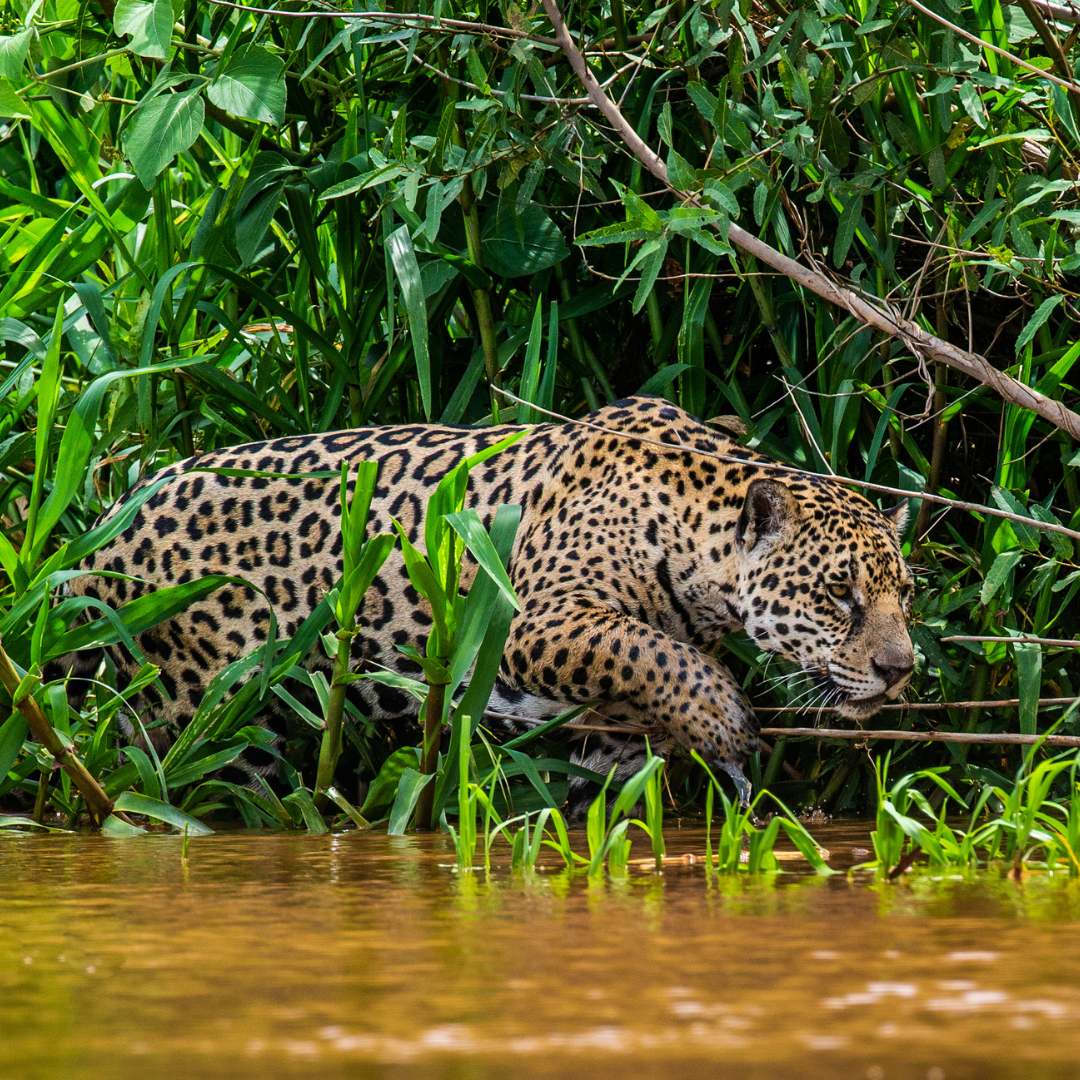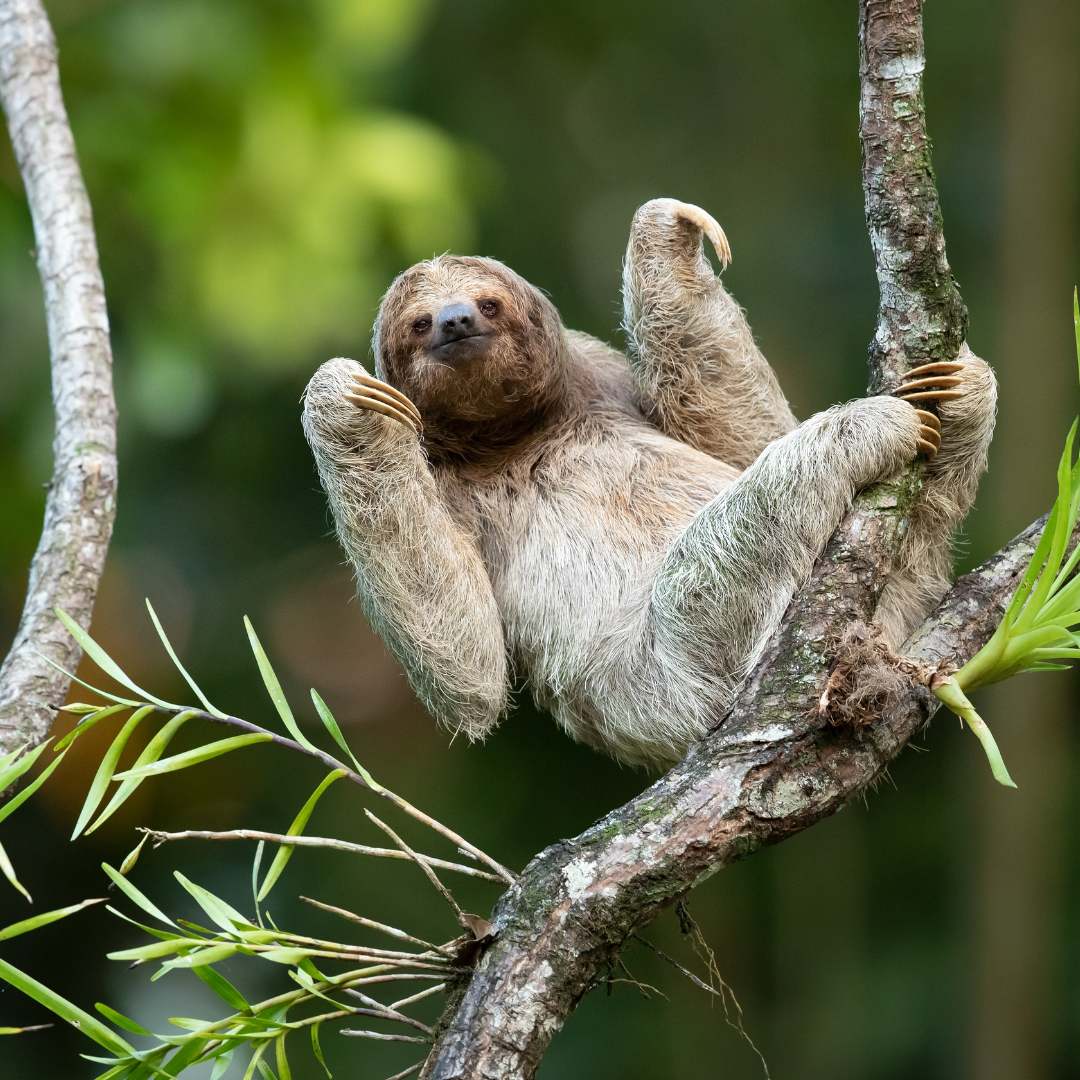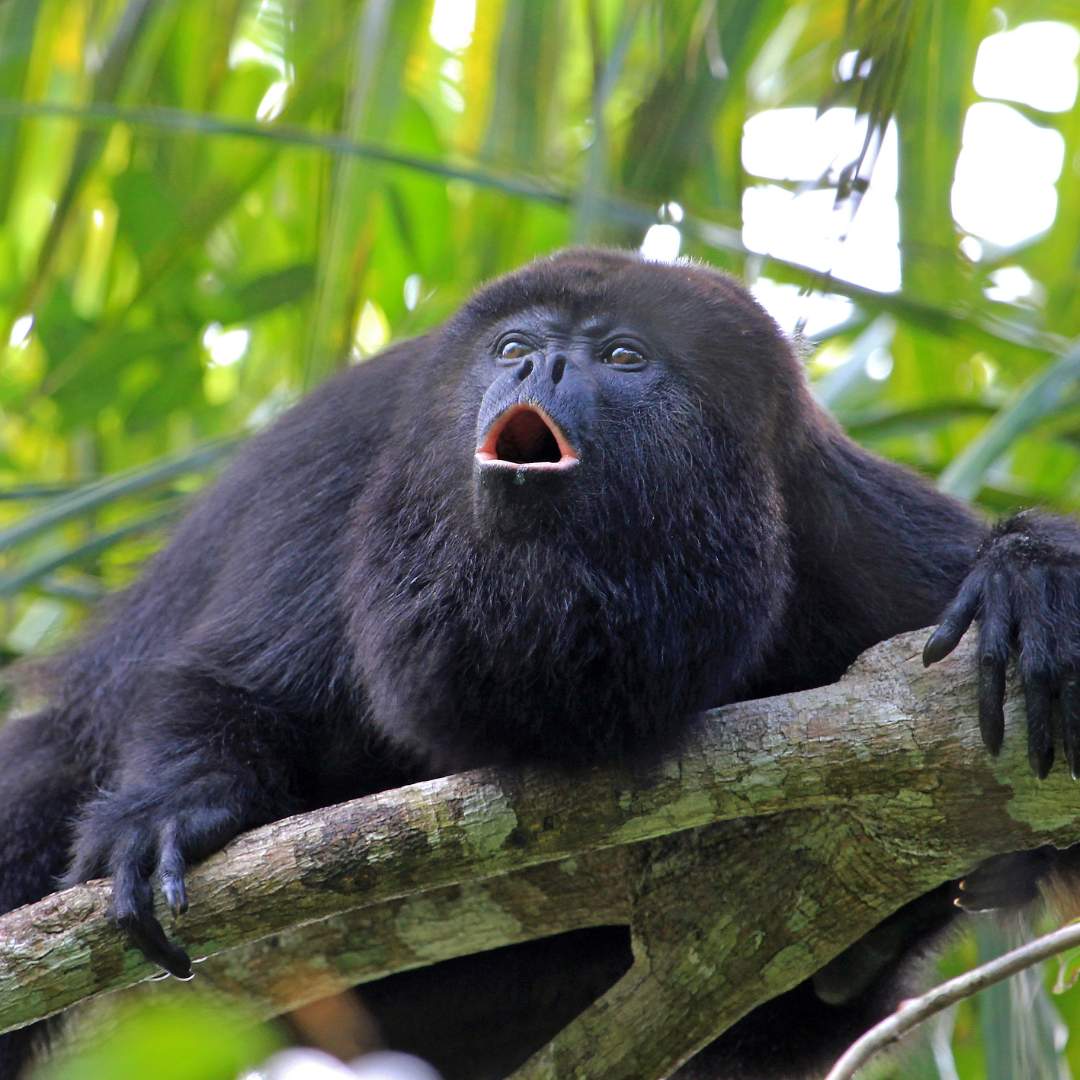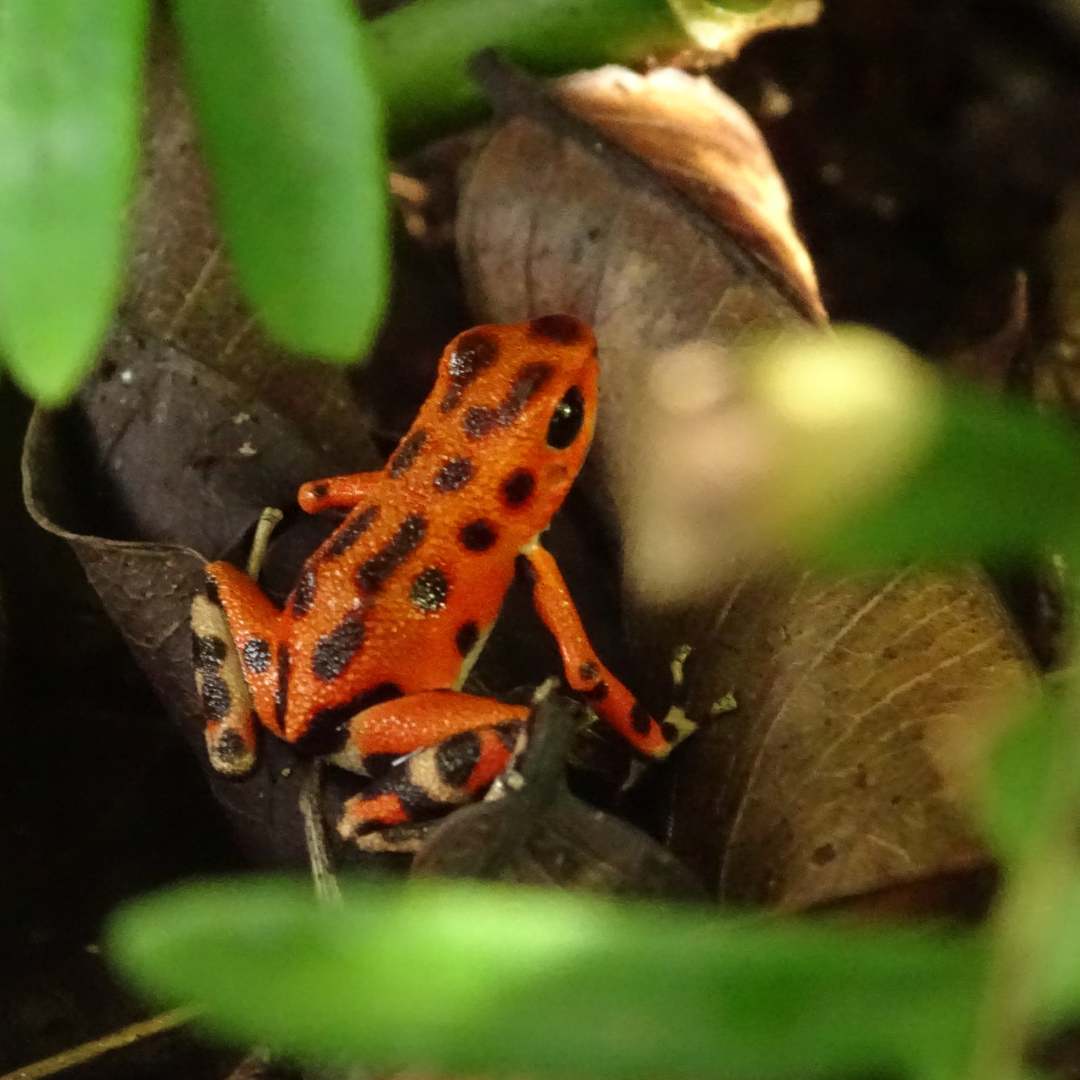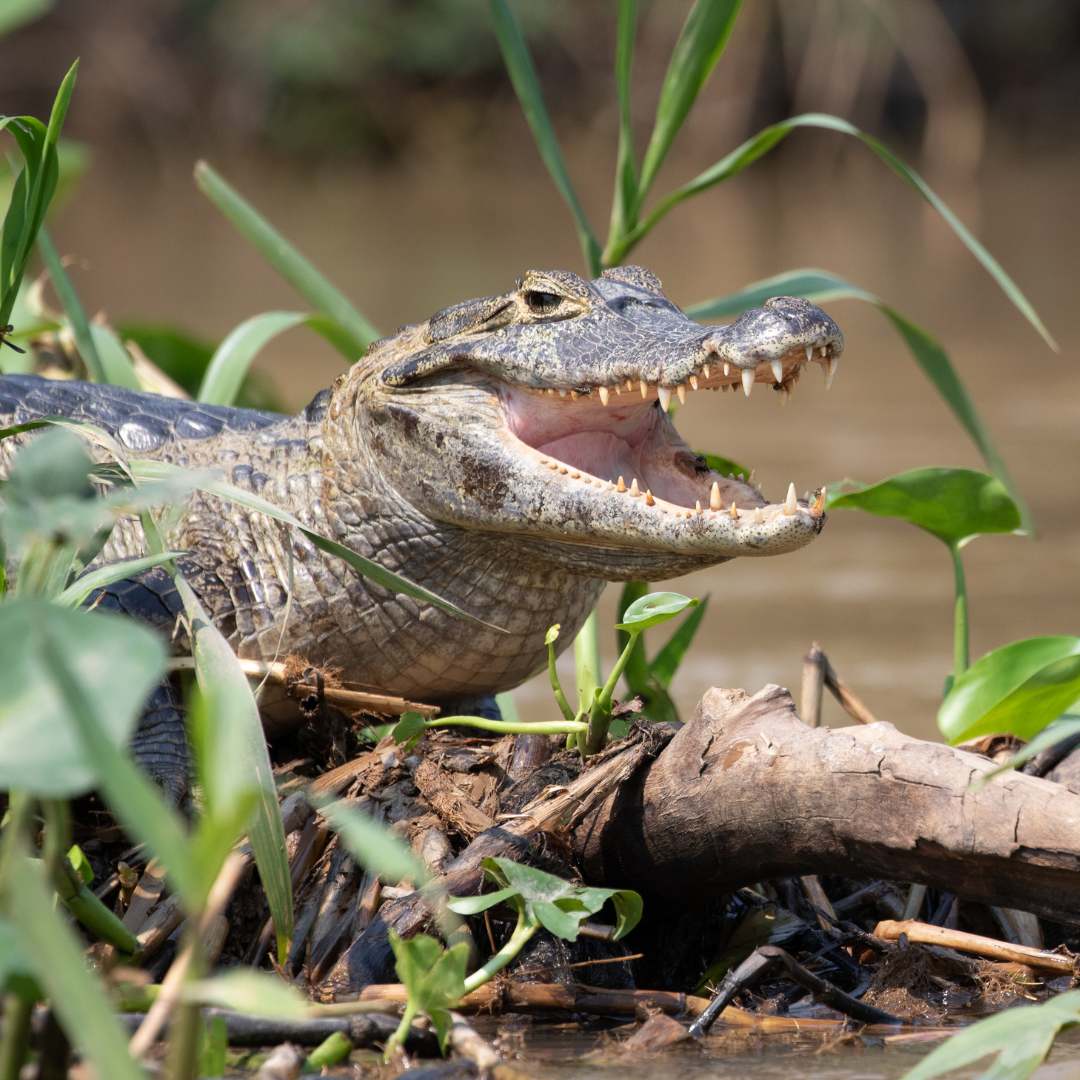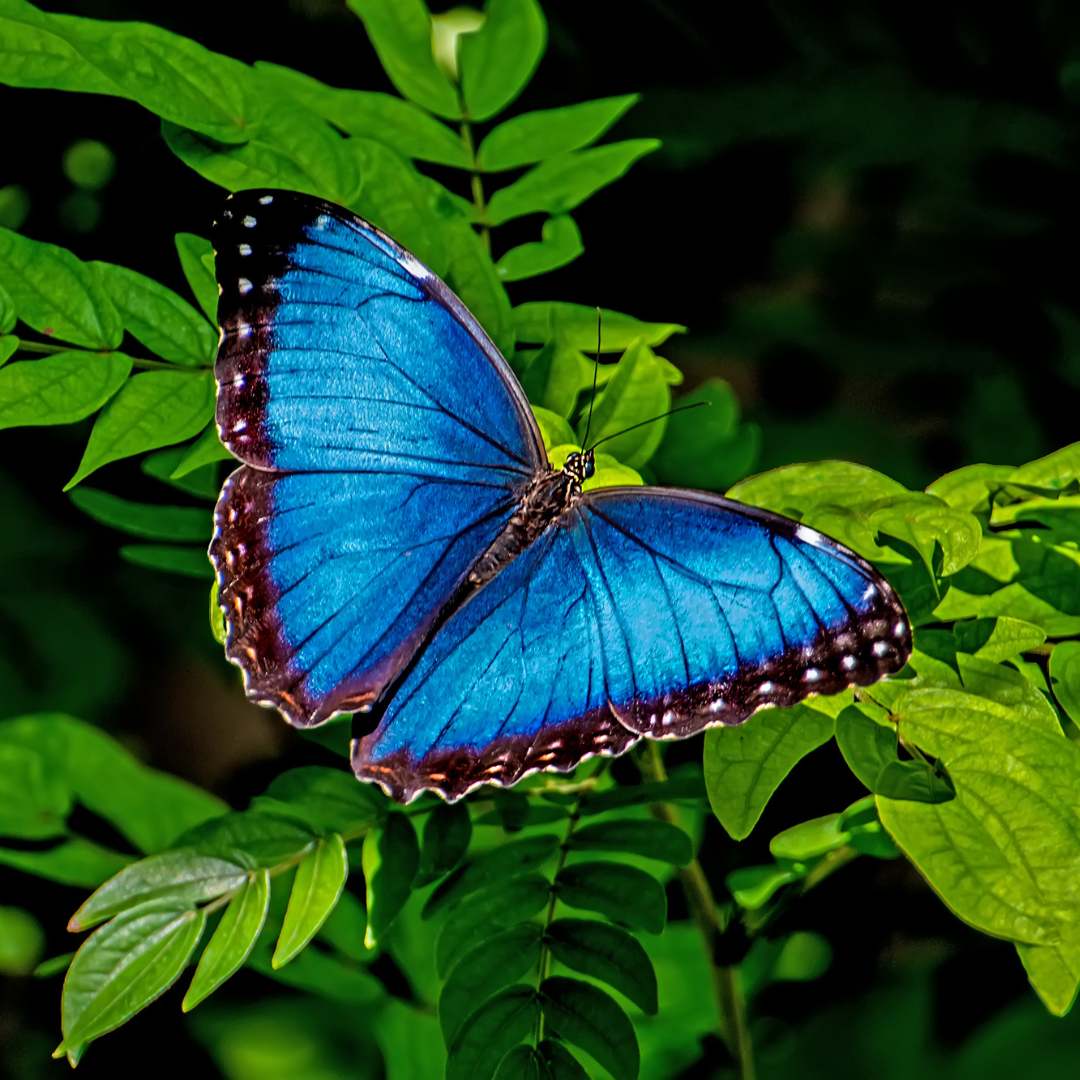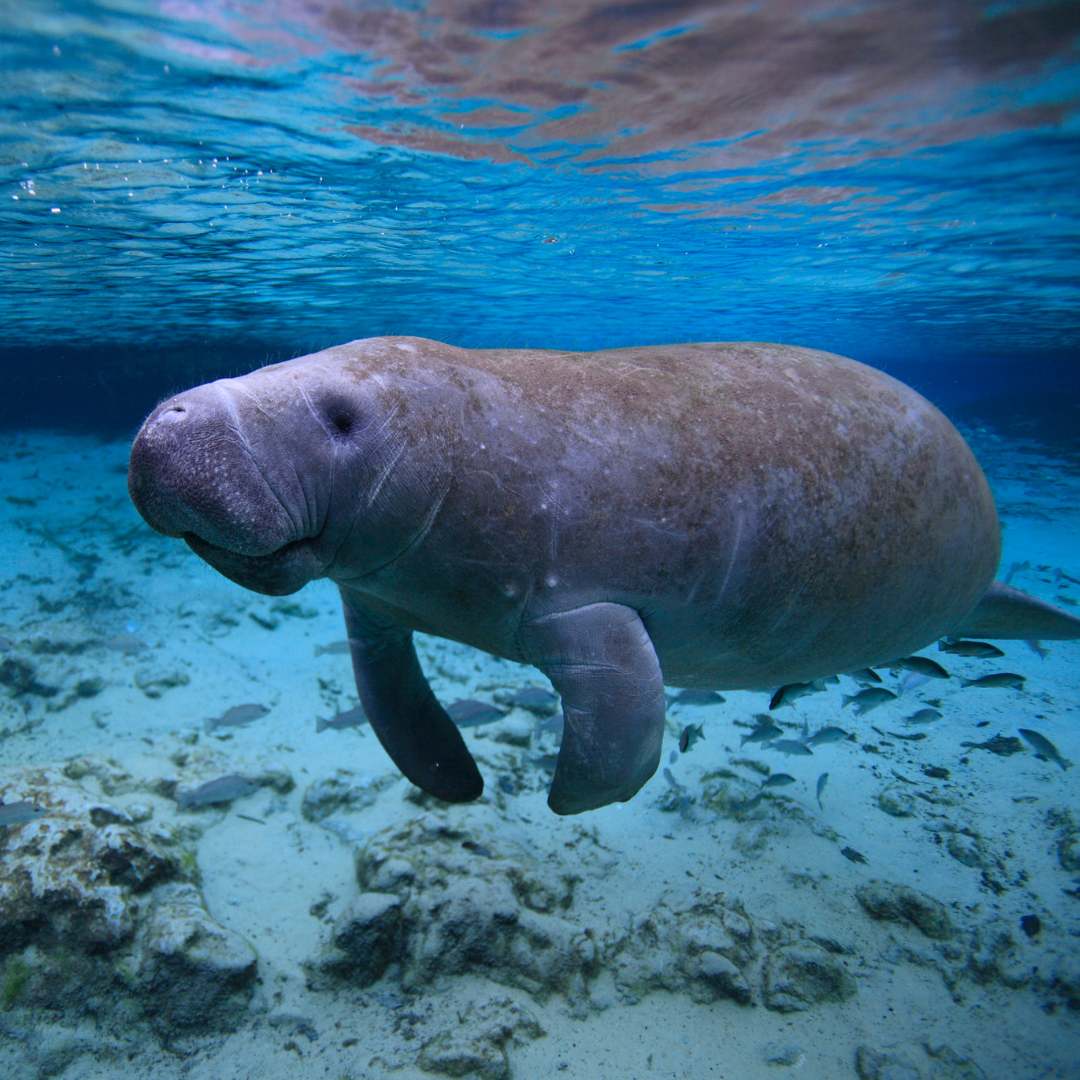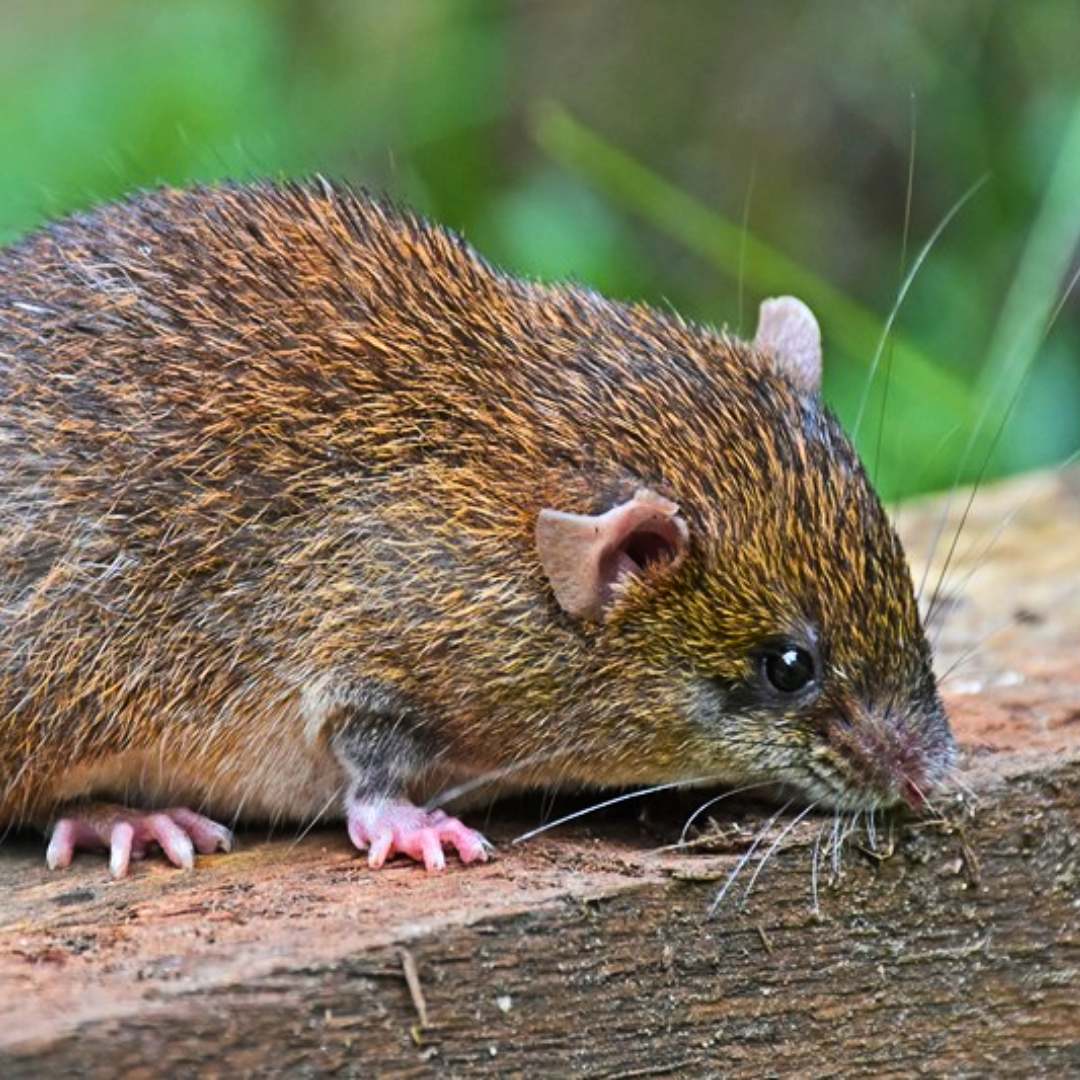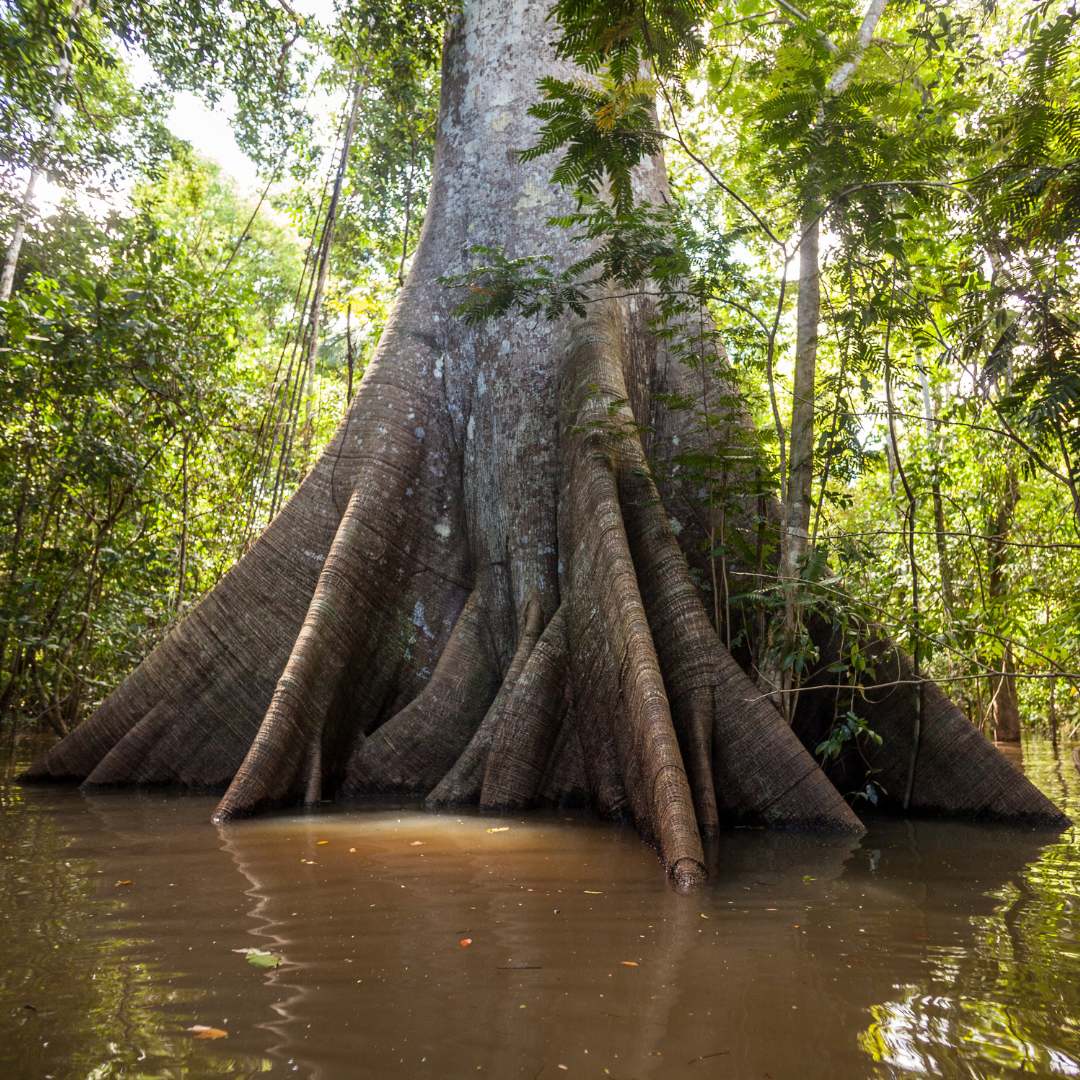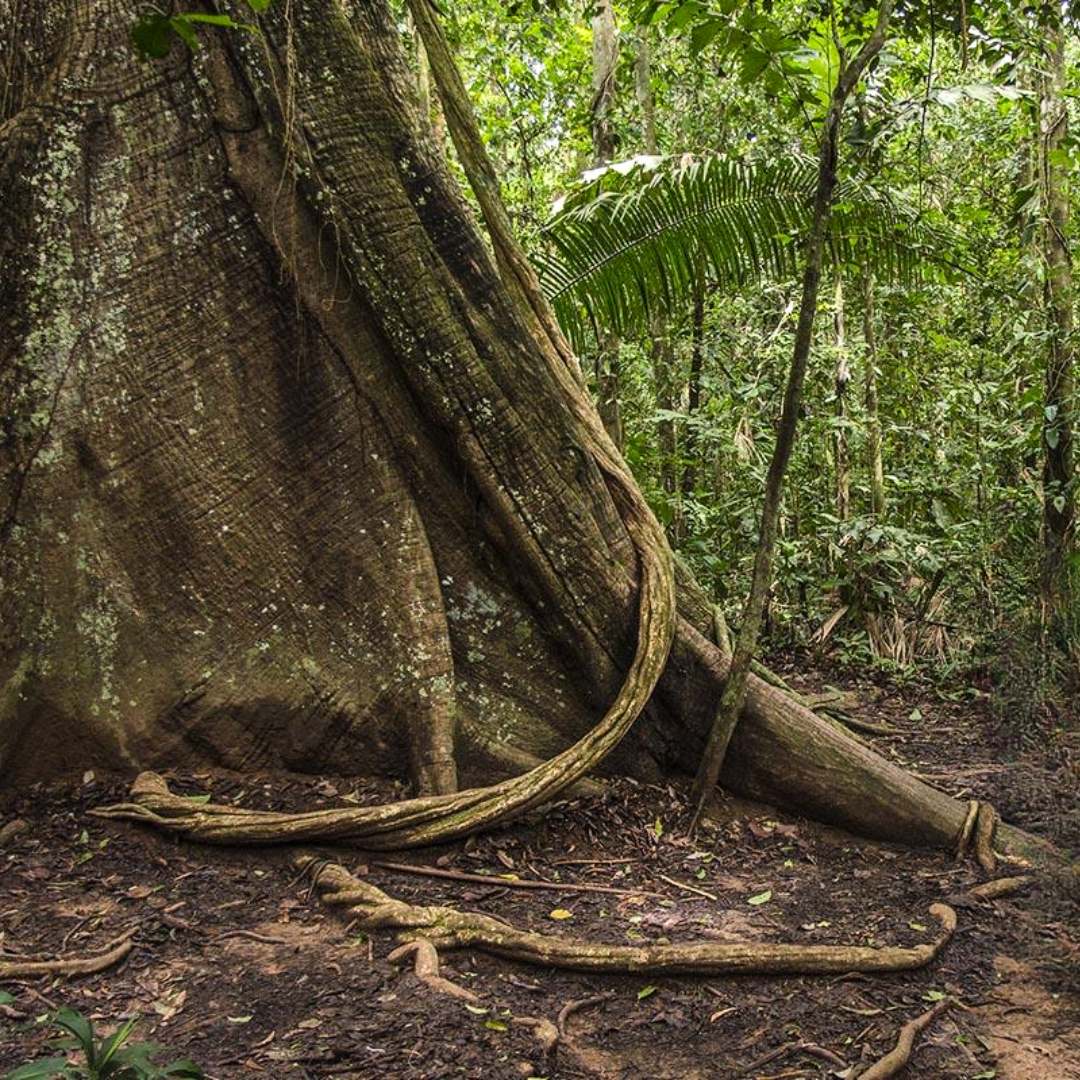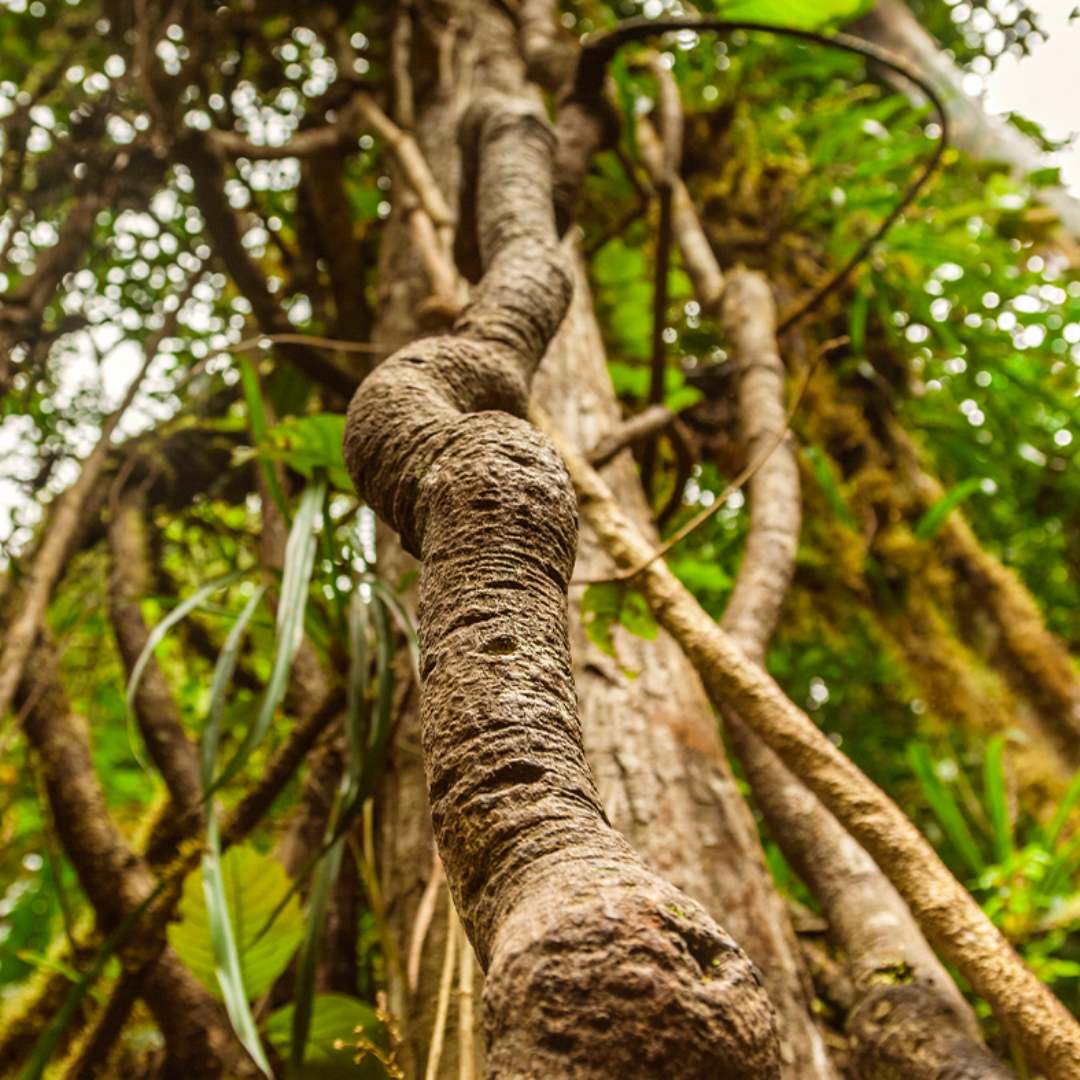What is special about the Ucayali region
Discover Ucayali
Where is Ucayali?
The Ucayali region is located in eastern Peru, deep in the western fringe of the Amazon rainforest. The region takes its name from the Ucayali River, one of the main branches of the Amazon.
Most of the country is covered in dense forest. There are very few roads, and some areas are only accessible by boat. In the west, the forest rises gently toward the Andes. In the east, it extends into the Brazilian lowlands. Ucayali lies exactly in the middle of this transition. This makes it a special zone for plants and animals. Both highland and lowland species live here.
The region borders Loreto, Huánuco, Madre de Dios, and Brazil. Most of the forest is tropical and humid. It rains heavily year-round, and during the rainy season, the rivers overflow their banks. These conditions favor the growth of giant trees and provide habitat for thousands of species. Ucayali is part of the greater Amazon basin, but it is quieter and less explored than other parts. This also means there are more intact forests. Some parts are completely wild and have never been cleared. This is rare today. Most other rainforests have already broken up into smaller patches.
Ucayali still has large, contiguous tracts of land where the forest functions as a complete system. A satellite map reveals a dense carpet of greenery spreading across the region. Beneath this are ancient trees, winding rivers, and villages that depend on this land. Here, the forest still has a chance of surviving.

Why is Ucayali important?
Ucayali is home to some of the last large, pristine forests in the Amazon. That alone makes it important. In a world where most forests are shrinking, Ucayali still provides space for nature to live, grow, and recover. This rainforest stores vast amounts of carbon. When trees remain standing, they pull carbon from the air and store it in the soil and wood. This helps slow climate change. When these forests are cut down, all the stored carbon is released. Ucayali directly contributes to keeping the planet cooler. It also helps regulate rainfall. The trees here exhale water vapor, which turns into clouds and rain for much of South America. When the forest disappears, so does the rain. This has implications for crops, rivers, and drinking water far beyond Peru. The forest is also a safety net for animal species. Many animals that have lost their homes in other parts of the Amazon can still survive in Ucayali. There's enough space, food, and shelter for jaguars, monkeys, birds, frogs, and even fish that depend on the forest's rivers. But it's not just about plants and animals. People live here too. Indigenous communities depend on the forest for food, medicine, and materials. Their culture is deeply connected to the land. If the forest is protected, their way of life can continue. Ucayali isn't just part of the Amazon. It's a stronghold. It still functions as nature intended. And that makes it one of the most precious places on Earth.
The Ucayali River
The Ucayali River flows through the heart of the rainforest. It is wide, slow-moving, and constantly changing. In the rainy season, it floods the forest floor. In the dry season, it retreats, leaving fertile soil. This rhythm shapes the entire landscape. The forest grows around it, adapts to it, and depends on it. The river carries more than just water. It carries seeds, fish, nutrients, and even stories. Many of the animals in Ucayali depend on it for their lives. River dolphins swim through its channels. Birds hunt along its banks. Trees drop their fruit into the current, spreading life far beyond their roots. People depend on it, too. For many communities, the river is their main transportation artery. It brings food, connects villages, and supports daily life. It also holds deep cultural significance, passed down from generation to generation. Without the Ucayali River, the rainforest would not survive. It keeps the forest moist, fertile, and vibrant. And since the forest protects the river from drying out and clogging, both systems support each other. Protecting the forest also protects the river. And every piece of land we protect helps keep the river clean, wild, and full of life.

The role in the global ecosystem
What happens in Ucayali doesn't stay in Ucayali. The rainforest here plays a silent but vital role in the health of the entire planet. It sequesters carbon, brings rainfall, and keeps the air clean.
Even deep in Peru, this forest is helping slow climate change. The trees in Ucayali extract carbon dioxide from the air and store it in their trunks, leaves, and roots. When left untouched, this carbon remains stored. But when forests are logged or burned, this carbon is released back into the atmosphere.
Protecting this forest helps reduce the amount of heat-trapping gases in the atmosphere.
The forest also produces rain. Trees absorb water from the soil and release it into the air as water vapor. This creates clouds that bring rain to South America. Even distant farms and cities depend on this cycle.
When the forest is healthy, rainfall is more stable. When the forest disappears, everything dries out.
Ucayali also filters water, keeps rivers clean, and supports one of the largest freshwater systems on Earth. Its roots hold the soil in place. Its plants provide ingredients for medicines. Its animals contribute to the balance of the web of life. The Amazon basin, including Ucayali, is one of the last systems on Earth that still functions as nature intended. But it only works if it stays large and connected. If you cut it into pieces, the system breaks down. That's why every bit of protection is important. By keeping this forest alive, we're not just helping wildlife or local communities. We're helping the world breathe. Threats Ucayali is one of the most intact parts of the Amazon. But that's changing. New roads, farms, and illegal logging encroach deeper into the forest every year. Once an area is cleared, it rarely recovers. The damage spreads quickly—trees fall, animals disappear, rivers become polluted, and the forest can no longer do its job. One of the greatest threats is deforestation for agriculture. Large areas of the Amazon have already been cleared for soybean cultivation, palm oil, and cattle ranching. Ucayali is now next in line. Road construction and land development make it easier to clear the forest and more difficult to protect it. Mining is another danger. Illegal gold mining pollutes rivers with mercury and destroys habitats. It often brings with it machinery, fuel, and waste that poisons the water and soil. These impacts aren't localized but spread throughout the system. Deforestation is harder to track but just as damaging. Many trees in Ucayali are valuable on the global market. Once a tree is cut down, machinery follows, and the forest becomes weaker. With fewer trees, the land dries out and burns more easily. We combat this by buying the land and protecting it forever. This means no one can legally log, sell, or build on it. We also work with local teams to monitor the forest, prevent illegal activities, and report any threats. Every piece of land is tracked by GPS, and the entire area is mapped and documented. This isn't a short-term solution. It's a permanent barrier. The more land we protect, the harder it is for damage to spread. The forest stays connected, the rivers stay clean, and the ecosystem stays vibrant. The threats are real. But so is the solution.
The threat to the ecosystem
Ucayali is one of the best-preserved parts of the Amazon. But that's changing. Every year, new roads, farms, and illegal logging encroach deeper into the forest. Once deforested, an area rarely recovers. The damage spreads quickly—trees fall, animals disappear, rivers become polluted, and the forest can no longer fulfill its function.
One of the greatest threats is deforestation for agriculture. Large parts of the Amazon region have already been cleared for soybean cultivation, palm oil, and livestock farming. Ucayali is now also on the agenda. Road construction and land development make it easier to clear the forest and more difficult to protect it.
Mining is another threat. Illegal gold mining pollutes rivers with mercury and destroys habitats. Often, machinery, fuel, and waste are brought along, poisoning the water and soil. These impacts are not confined to one location but spread throughout the entire system.
Deforestation is harder to track, but just as damaging. Many trees in Ucayali are valuable on the global market. As soon as a tree is cut down, machines follow, and the forest weakens. With fewer trees, the land dries out and burns more easily.
We combat this by purchasing the land and protecting it forever. This means no one can legally cut down, sell, or build on it. We also work with local teams to monitor the forest, prevent illegal activities, and report any threats. Every piece of land is tracked by GPS, and the entire area is mapped and documented.
This isn't a short-term solution. It's a permanent barrier. The more land we protect, the more difficult it will be for damage to spread. The forest stays connected, the rivers stay clean, and the ecosystem stays vibrant.
The threats are real. But so is the solution.





